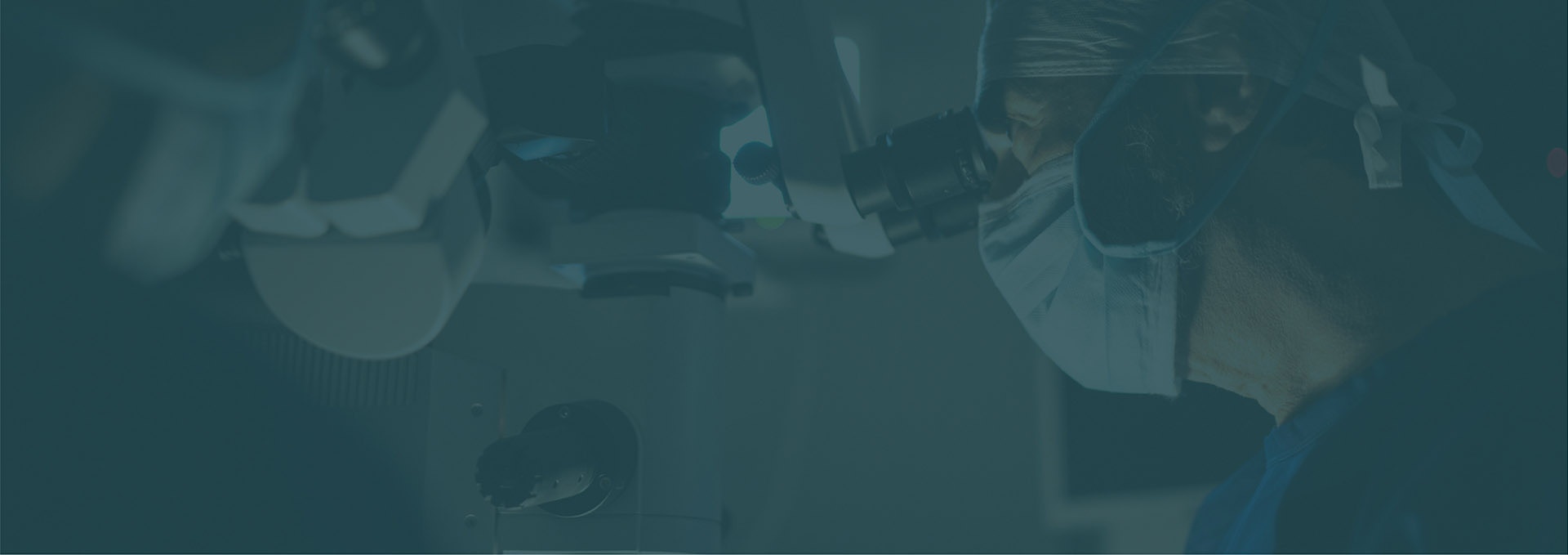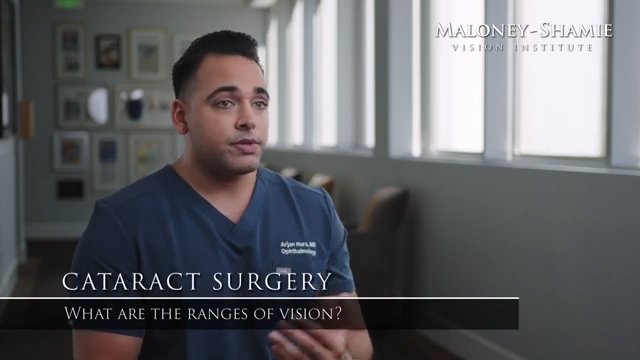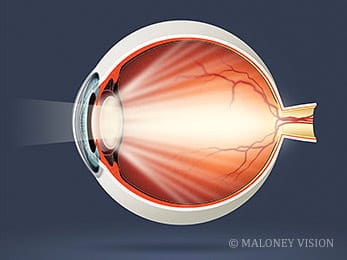Pasadena Location Now Open
Frequently Asked Cataract Surgery Questions

Dr. Shamie On Katie Couric
Cataracts are caused by the natural aging of the lens of the eye. As explained by Dr. Neda Shamie, it happens to be a quick, routine and painless procedure with a multitude of benefits. Watch to learn more.

Schedule Your Cataract Consultation & Comprehensive Exam
Find out if you are a candidate by calling or emailing today. Visit us at either our Beverly Hills or Pasadena practice for your cataract surgical consultation and comprehensive exam.
Cataracts are a normal part of aging, but they don’t have to impede your lifestyle. With the innovations now available in cataract surgery, Dr. Shamie and Dr. Hura can restore your ability to see clearly and enjoy your life. With a comprehensive Cataract Consultation, you will be able to find out about all of your options and decide for yourself when and if laser cataract surgery in Beverly Hills & Los Angeles is right for you. We would love to have you be one of our thousands of happy, cataract-free patients.
















































